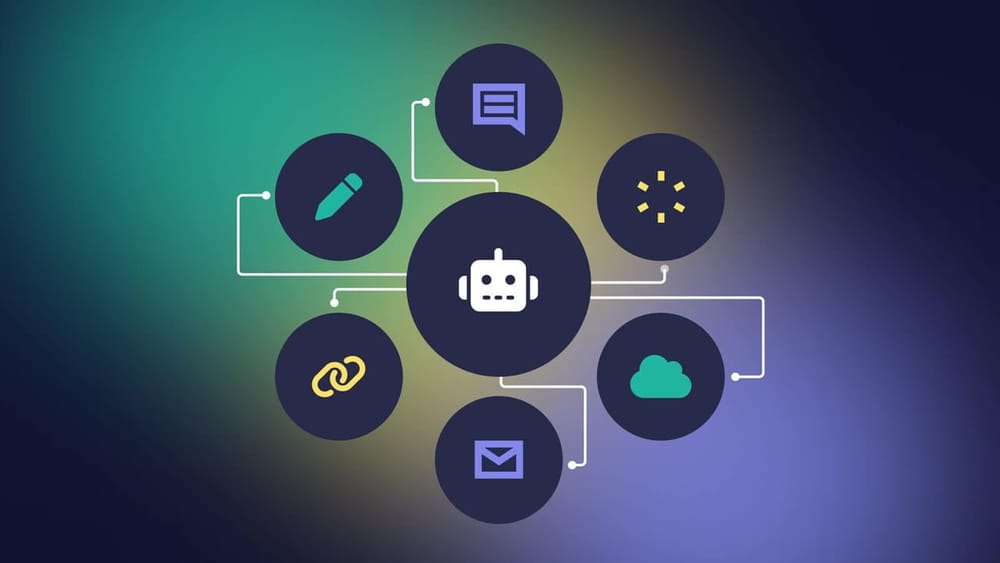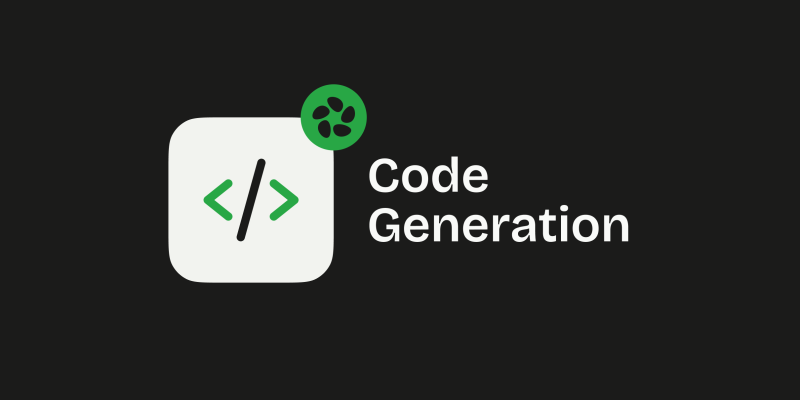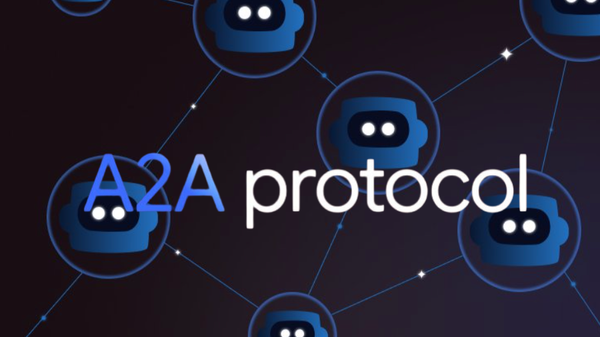Exploring AI Agent Orchestration: The Future of Intelligent Systems
In the rapidly evolving world of artificial intelligence (AI), AI agent orchestration has emerged as a pivotal technology for managing and coordinating multiple AI agents. This approach allows diverse AI systems, each specialized in specific tasks, to work together seamlessly, achieving complex goals that a single AI model would struggle to accomplish. From enhancing customer service to optimizing healthcare operations, AI agent orchestration is transforming how businesses and industries leverage AI (IBM AI Orchestration).
What is AI Agent Orchestration?
AI agent orchestration is the process of coordinating and managing multiple AI agents within a unified system to achieve common goals efficiently. Each AI agent is designed to perform specific tasks, such as natural language processing, data analysis, or decision-making. The orchestration layer ensures that these agents communicate effectively, share data, and collaborate to complete multifaceted workflows (Teneo.ai Blog).
Technically, AI agent orchestration involves several key components:
- Agent Discovery: Identifying and registering AI agents that can participate in the orchestration process.
- Task Allocation: Assigning specific tasks to appropriate agents based on their capabilities.
- Communication Protocols: Establishing standardized ways for agents to communicate and share data.
- Monitoring and Control: Continuously monitoring the performance of agents and the overall system, with the ability to intervene or adjust as needed.
- Error Handling: Mechanisms to address failures or conflicts between agents, ensuring the system remains robust.

Examples of AI Agent Orchestration
AI agent orchestration is making significant impacts across various industries. Here are some notable examples:
- Customer Service Automation: In a utility company, an orchestration system might decide whether to activate a billing agent or a technical support agent based on a customer’s query. For instance, Teneo.ai’s OpenQuestion platform enables seamless handoffs between agents, ensuring customers receive efficient and relevant support (Teneo.ai Blog).
- Healthcare: AI agents can coordinate between diagnostic tools, patient management systems, and administrative processes. This integration streamlines operations and enhances treatment accuracy by ensuring all systems work cohesively (IBM AI Orchestration).
- E-commerce: Amazon’s AI systems for product recommendations, inventory management, and delivery optimization are prime examples of orchestration in action. By sharing data between these systems, Amazon achieves more accurate recommendations, better inventory control, and optimized delivery routes (Hatchworks Blog).
Benefits of AI Agent Orchestration
The benefits of AI agent orchestration are substantial, particularly in industries with complex and dynamic demands, such as telecommunications, banking, and healthcare. By enabling multiple AI agents to work together, organizations can achieve:
- Operational Efficiency: Streamlining workflows by automating complex processes that require multiple specialized agents.
- Improved Decision-Making: Providing a holistic view of operations by integrating data from various agents, leading to more informed decisions.
- Personalized Services: Leveraging specialized agents to deliver tailored interactions, enhancing customer satisfaction and loyalty.
Moreover, orchestration helps break down data silos, enabling a more comprehensive approach to problem-solving and innovation (Forbes Article).
Challenges in Implementing AI Agent Orchestration
While the potential of AI agent orchestration is immense, its implementation comes with challenges:
- Integration and Standardization: Ensuring all agents can communicate effectively requires robust integration and standardized protocols.
- Security and Privacy: Managing sensitive data across multiple agents raises concerns about data security and compliance with regulations.
- Scalability: As the number of agents increases, managing their interactions and ensuring they don’t conflict becomes more complex.
Despite these challenges, the rewards of successful implementation far outweigh the obstacles, especially as AI technology continues to mature (Medium Article).
Types of AI Orchestration
AI agent orchestration can be implemented in various ways, depending on the system’s requirements. Here are the main types:
Orchestration Type | Description | Advantages | Limitations |
|---|---|---|---|
Centralized | A single orchestrator manages all agents. | Efficient for tightly controlled workflows. | Can create bottlenecks in large systems. |
Distributed | Agents coordinate without a central authority. | More flexible, suitable for dynamic systems. | Can lead to inconsistencies. |
Hierarchical | Involves layers of control, with a high-level orchestrator delegating tasks to intermediate agents. | Scales better and allows localized decision-making. | More complex to implement. |
Federated | Combines centralized and distributed approaches. | Balances control and flexibility. | Requires careful design to avoid conflicts. |
Each type has its strengths and is suited to different use cases, depending on the complexity and scale of the system (Medium Technical Guide).
The Future of AI Agent Orchestration
As AI technology continues to advance, AI agent orchestration is expected to become more sophisticated. We can anticipate the development of more autonomous agents that can learn and adapt in real-time, enhancing their collaborative capabilities. Additionally, integrating AI orchestration with emerging technologies, such as the Internet of Things (IoT) and edge computing, will unlock new possibilities for intelligent systems (Aisera Platform).
Some predictions suggest that by 2026, 80% of enterprises will use some form of AI orchestration to manage multiple AI models and agents, underscoring its growing importance in the business world (n8n Blog).
Conclusion
In conclusion, AI agent orchestration represents a significant leap forward in the field of artificial intelligence. By enabling multiple AI agents to work together efficiently, it paves the way for more intelligent and complex systems capable of handling diverse tasks. As this technology continues to evolve, it is poised to play a critical role in shaping the future of industries, driving innovation and efficiency to new heights.



